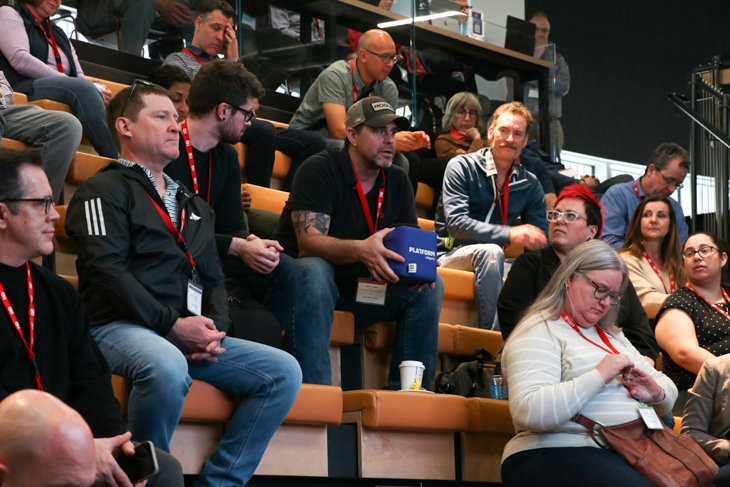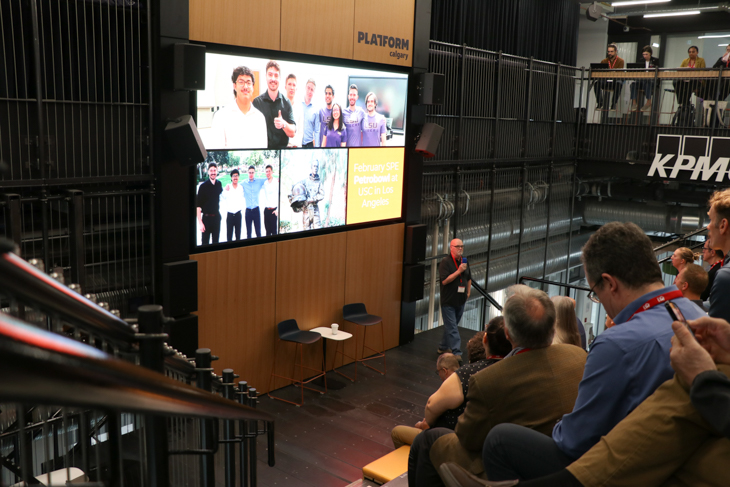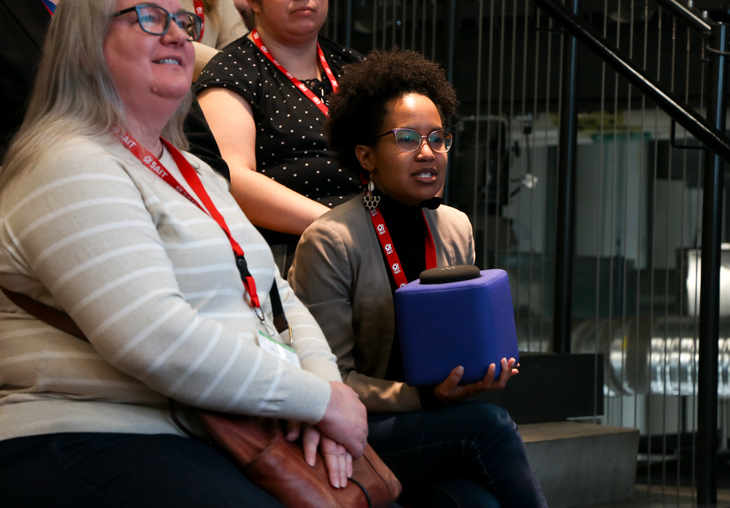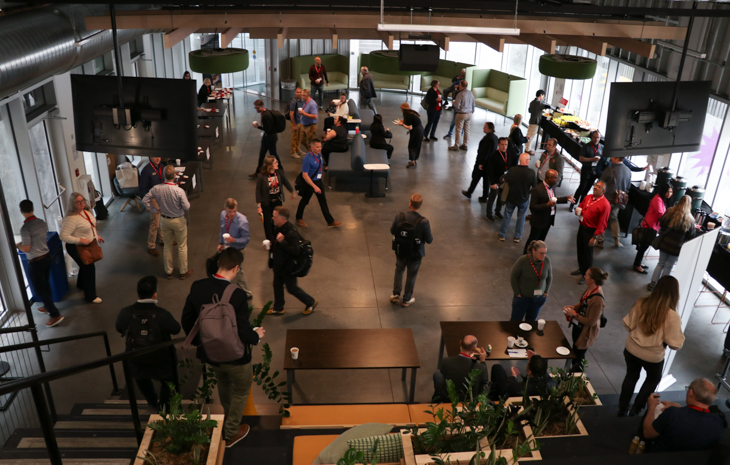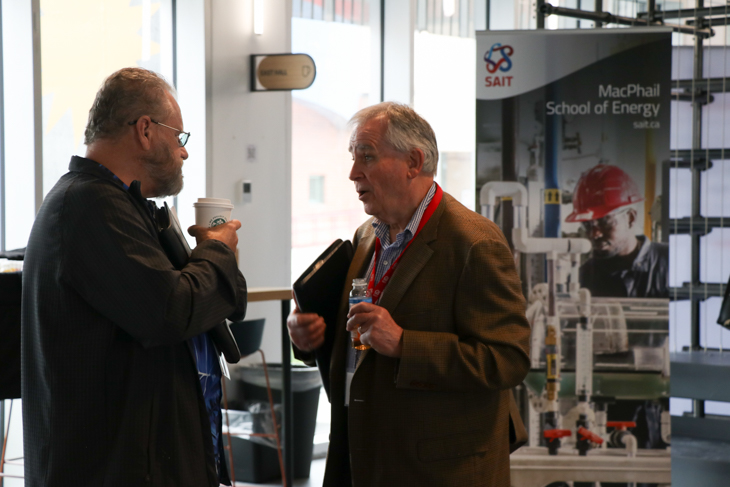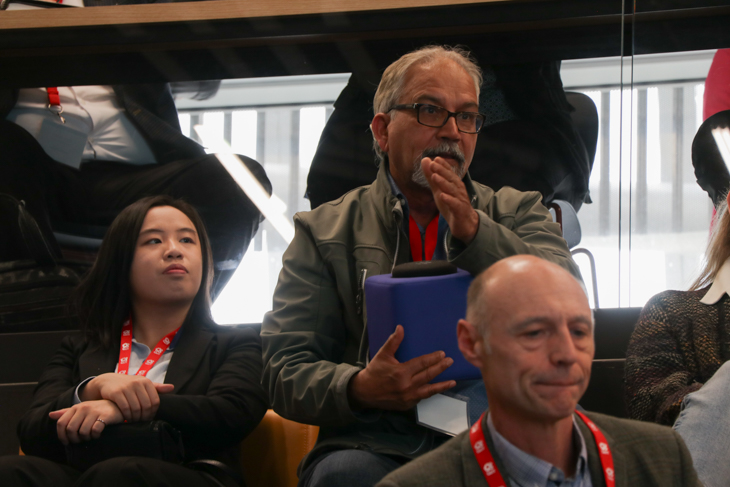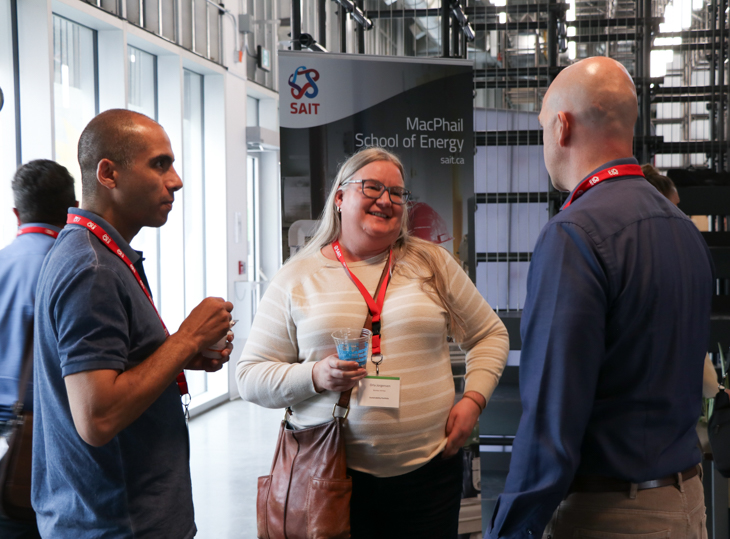MacPhail School of Energy connects with industry to focus on the future
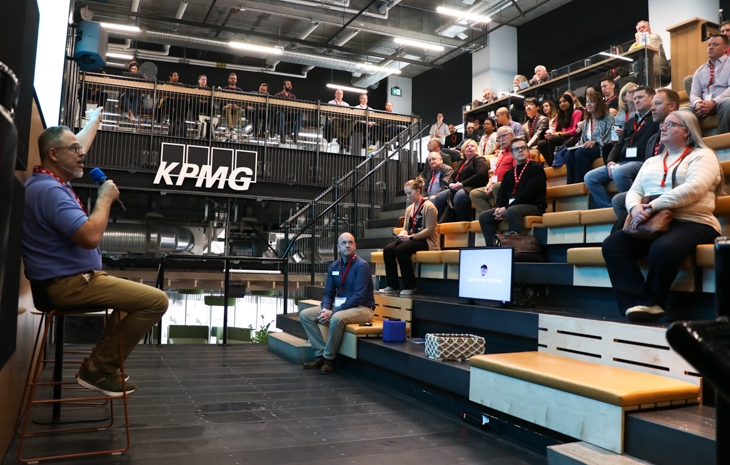
In the midst of a curriculum redevelopment, SAIT’s MacPhail School of Energy school meets with industry leaders for a collaborative advisory summit
If you were to ask around about the benefits of studying at SAIT, someone is bound to mention our connection to industry. It’s a cornerstone of the work we do and how we teach — industry engagement is in our DNA and a key driver to success at SAIT. Our instructors are industry experts, and our programs evolve through an industry lens, giving SAIT an insider edge to how we can best prepare our students for future careers. In essence, we move at the pace of Industry.
SAIT’s MacPhail School of Energy is a prime example of the mutually beneficial relationship between the energy industry and education. These critical relationships guide our ability to offer programming informed by emerging technologies and trends, ensuring our graduates possess the right competencies and capabilities to enter the workforce. This “blurring the lines” between industry and post secondary has paid dividends in our efforts to attract new, domestic students through our Collaborative Recruitment strategy.
Through semi-annual advisory summits, the MacPhail School of Energy brings together a diverse group of industry leaders to help chart the path forward for SAIT’s energy programs based on the evolving needs of companies in the energy space. The most recent summit held this month at Platform Calgary was no different.
“The way SAIT has grown over the years — with a focus on integration into industry in an informed way — means the students are well-informed out of the gate. These things make a big difference because SAIT works with industry to be relevant and produce the people industry needs,” says Joy Romero, Canadian Natural Resources Limited Vice President, Technology and Innovation.
By partnering with industry, we gain unique perspectives to understand and respond to emerging workforce trends, and to address innovation challenges and opportunities through applied education and research.
“We’re committed to sharing the work we’re doing to take us forward, and these sessions have shown us that success lies in blurring the lines of collaboration between industry and post-secondary education,” says Dale Hansen, Dean, MacPhail School of Energy. “Everyone benefits from that style of collaboration and the more we can bring industry into the education space, the more we can work together to shape the future of energy education.”
At the spring summit, Hansen provided an update on the energy school’s curriculum redevelopment — a work in progress scheduled to rollout in 2027 — which is focused on digital technology, further development of cross-disciplinary learning opportunities, stronger emphasis on transferable skills, and delivering graduates capable of adapting to any energy environment.
“Training SAIT graduates to be part of innovation in energy means they need to be curious and think creatively. They need to have exceptional critical thinking skills and be strong communicators,” says Hansen. “This is key to our curriculum redevelopment and how we think about the classroom experience and the future of teaching and learning.”

Long-time SAIT partner Spartan Controls sees the value of combining education with real-world experience through work-integrated learning, as was evident in a presentation given by Patrick Payne, Vice President, Operations – Systems, Software and Solutions. From internships to summer students, Spartan has developed a robust student experience that offers a spectrum of technical and human skills training — resulting in more than 125 SAIT graduates from 20 different programs currently employed at the organization.
“The collaboration between industry and academia is so important to make sure we’re aligning on the skills required to arm students with the right type of programming, so they can hit the ground running when they enter the industry,” says Payne. “Our approach to how we engage work-integrated learning students is to treat them like a permanent employee. We’re helping them get real-world experience working on real projects, and ultimately, they take that learning back into their last year of study.”
So, what’s next
As Alberta’s energy sector continues to evolve, the MacPhail School of Energy is ready to stay in lockstep with industry needs by improving access and pathways to education, exploring new areas to improve work-integrated learning opportunities and bringing the redesigned curriculum to life.
The MacPhail School of Energy’s invaluable connections to industry allow us to develop improved processes, anticipate new technology integration and inspire innovation that drives greater inclusivity as we redevelop adaptable and sustainable programming at SAIT. We’re creating a unique and collaborative ecosystem that will attract talent to the future of energy.
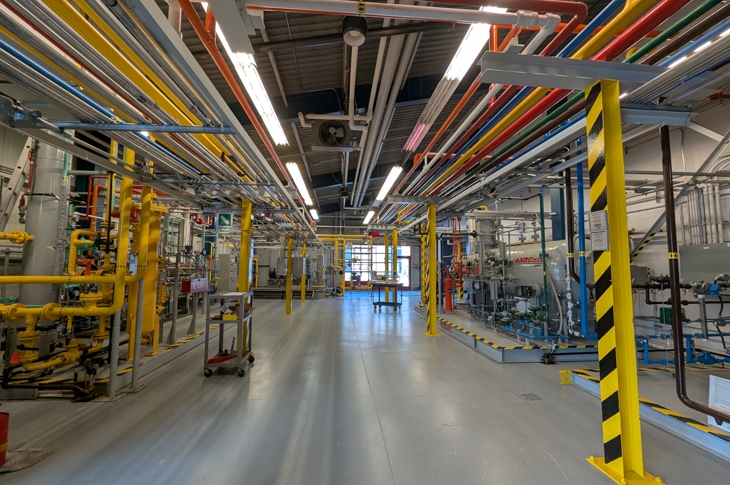
See inside SAIT’s coolest energy labs
SAIT is all about demystifying industry — it’s why many of our labs are designed and equipped like real workplaces!


Oki, Âba wathtech, Danit'ada, Tawnshi, Hello.
SAIT is located on the traditional territories of the Niitsitapi (Blackfoot) and the people of Treaty 7 which includes the Siksika, the Piikani, the Kainai, the Tsuut’ina and the Îyârhe Nakoda of Bearspaw, Chiniki and Goodstoney.
We are situated in an area the Blackfoot tribes traditionally called Moh’kinsstis, where the Bow River meets the Elbow River. We now call it the city of Calgary, which is also home to the Métis Nation of Alberta.
